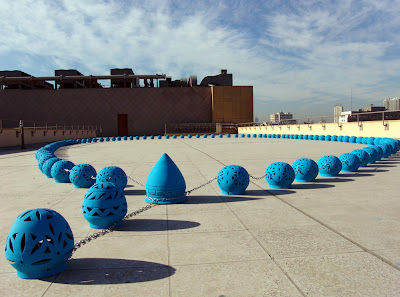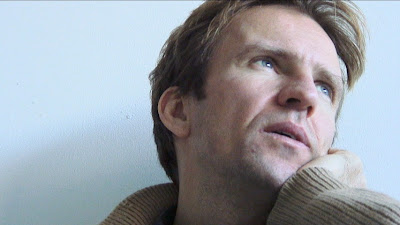(1) Although trained as a sculptor I see myself as a media artist. That means that my work is not limited to a single material, it includes all sorts of media. In a recent exhibition for instance I was showing 25 new installations: photography, objects, drawings, and video.
(2) I believe in the power of art. I think art continually has to find new images for the time we live in. For the conditions and issues we deal with: existentially, politically, physically, and globally. Searching such images is what I am aiming for.
(3) Going back and forth between knowing and doing feeds what we ultimately call culture. It is important to me to be involved in art practice from both a theoretical and practical stance. I usually get most inspired by artwork that comes from a balance between aesthetic form and conceptual content.
(4) My artwork is often based on some sort of humor. I like it when serious things come with a wink. It makes it easier to deal with, to digest, and to further construct.
(5) I do believe in an intriguing encounter between art producers and the public. To embrace education is a rewarding way to expand our creativity. Audiences can make us learn better, and see things we would not have known of. I understand both, intelligence and creativity to be profoundly social.
Richard Jochum, New York 2005-2007











